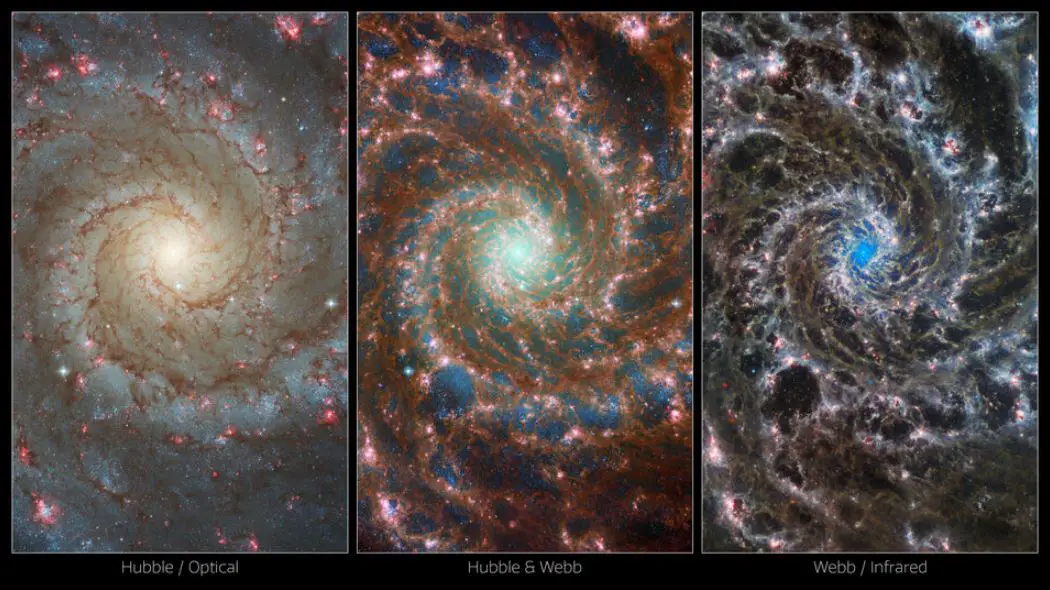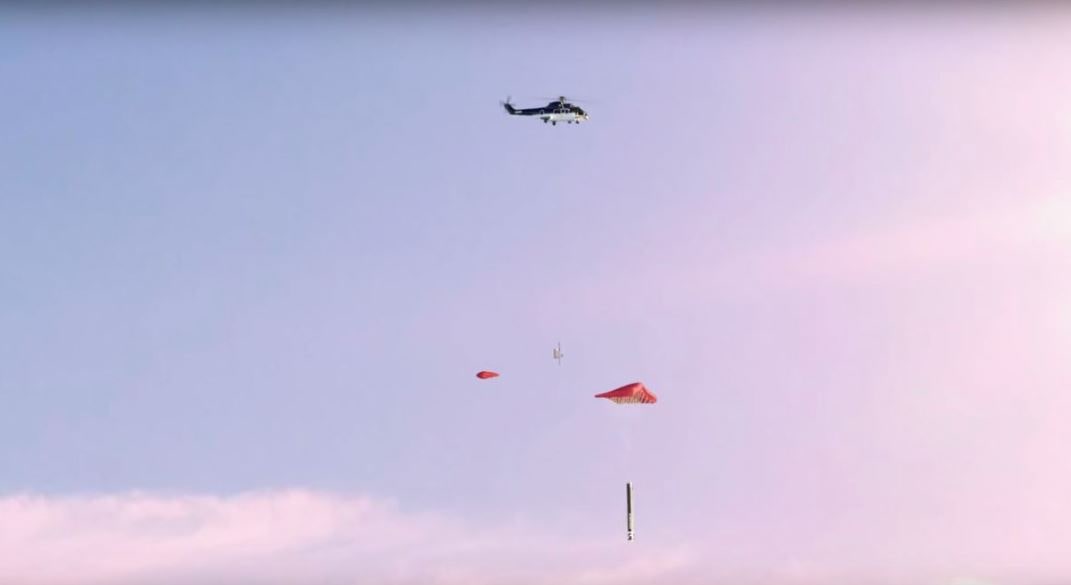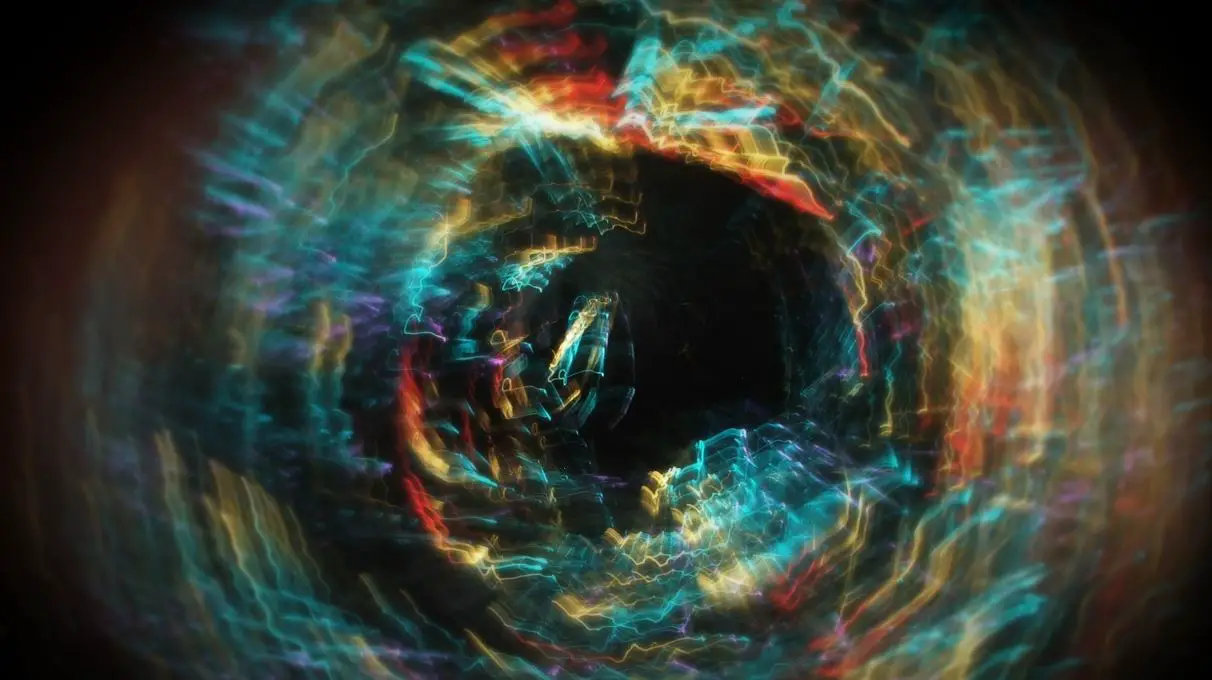Using images from the Hubble and Webb Space Telescopes, astronomers have combined brilliant new images of the phantom galaxy, capturing its colorful spiral arms spinning outward from its bright blue core. The new images have been released by NASA and the European Space Agency.
CNN reported that the Phantom Galaxy, previously known as M74, is located in the constellation Pisces and is a type of spiral galaxy known as a “grand design spiral”, which means that the Phantom Galaxy has a clearly discernible the spiral arm.
The newly released image shows the phantom galaxy’s spiral arms swirling outward from its core.
The European Space Agency (ESA) said the Webb Space Telescope detected “dense filaments of gas and dust” in the spiral arms of the phantom galaxy, and also captured a clear picture of the phantom galaxy’s center of a nuclear star cluster, not obscured by gas.
The Webb Space Telescope team is working on projects to understand the earliest stages of star formation, and the telescope also uses the Mid-InfraRed Instrument to examine phantom galaxies.
The European Space Agency said that the Webb Space Telescope is good at observing in the infrared light band, and the Hubble Space Telescope can take particularly clear pictures in the ultraviolet and visible light bands, which makes the images of phantom galaxies show star formation and are particularly bright at the HII region.

The images captured by the Webb Space Telescope show the phantom galaxy’s bright white, red, pink and pale blue dust and stellar appendages spiraling out from around the bright blue core, in a deep black sky it is more colorful, Agence France-Presse reported.
Previous images of M74 by the Hubble Space Telescope captured blue and pink spiral arms, but the core was pale yellow.
According to NASA and the European Space Agency, phantom galaxies are “stellar objects suitable for astronomers to study the origin and structure of spiral galaxies.”
The images taken by the Webb telescope could help them “get a deeper understanding of the initial stages of star formation in the local part of the universe” and record information about about 19 star-forming galaxies in the vicinity of the Milky Way.
NASA and the European Space Agency said in a statement that astronomers will also be able to use images of phantom galaxies to “accurately pinpoint the regions in galaxies where stars form, accurately measure the mass and age of star clusters, and gain a solid understanding of the tiny dust that floats in interstellar space and the nature of particles”.
First Image: ESA





